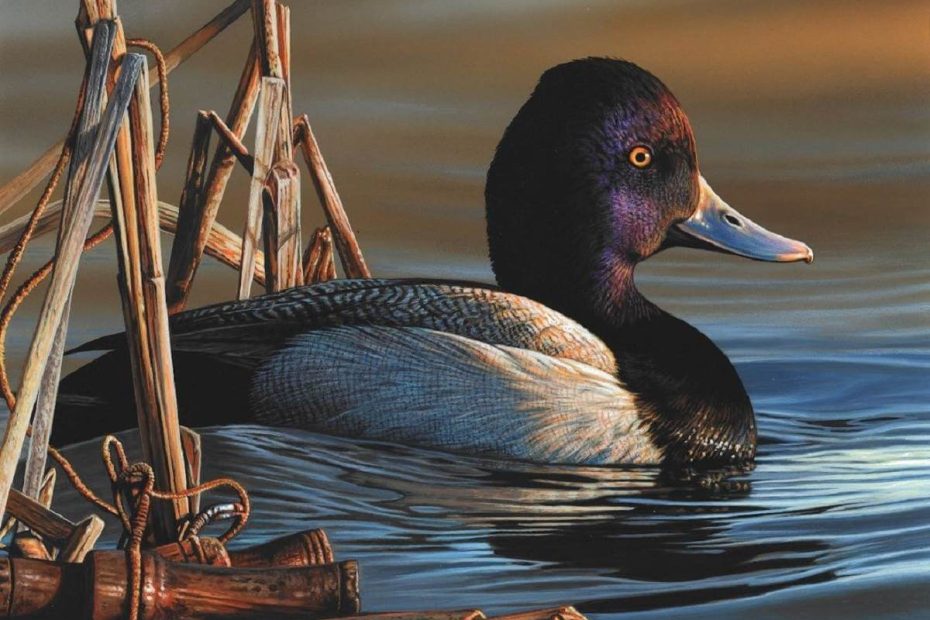
The U.S. Fish and Wildlife Service is dropping a 2020 policy requiring Federal Duck Stamps to include hunting themes in their designs going forward. The requirement may have led to a drop in submissions in stamp designs, which are already constrained by their relatively small size.
The decision to remove the requirement followed a public commentary where even some hunters voiced concerns that some of the artwork could put hunting in a negative light, leaving hunting gear behind and littering.
“I do not feel that including, say, a floating shell casing (litter) or lost duck call in the painting submissions is a superior celebration of the vital role hunters play in waterfowl and wetland conservation,” Christopher Reiger told the Wall Street Journal.
The sentiment wasn’t universal. “Duck hunters are the people that foot the bill here,” said hunter Brad Heidel, in support of the hunting imagery requirement. “Always have and always will.”
Still, overall, there was not a huge amount of feedback, with around 200 comments submitted. And while the number of submitted stamp designs did drop, it wasn’t far out of line with previous years.
Hunters looking to take migratory waterfowl are required to purchase a Federal Duck Stamp to hunt on Federal Wildlife Refuge lands, but they’re also collected by bird watchers, stamp collectors and other conservationists.
SEE ALSO: How to Dress a Duck–It’s Easy
Richard Clifton, one of the artists selected for his 2020 design, defended the inclusion of a lost duck call in his submission. “People care about their favorite duck call, but they do get lost every once in a while,” he said.
“Because I’m a waterfowl hunter, I can do it either way, but from an artistic standpoint, I’d rather not have to work that in,” added Clifton.
Rob Drieslein, writing for Outdoor News, said that the response to the hunting theme requirement “was mixed from artists and waterfowlers alike. “Waterfowl hunters buy the bulk of the nation’s federal duck stamps because they’re required to hunt ducks and geese,” he said. “A smaller percentage of citizens also buy the stamps for their artistic and conservation value.”
“Some folks appreciated a tip of the hat to hunters, who have been buying the stamp since 1934, while others considered it unnecessary,” said Drieslein. “Several artists privately told me that jamming in a decoy, dog, or call meant an already challenging piece of (small) artwork became even more challenging.”
